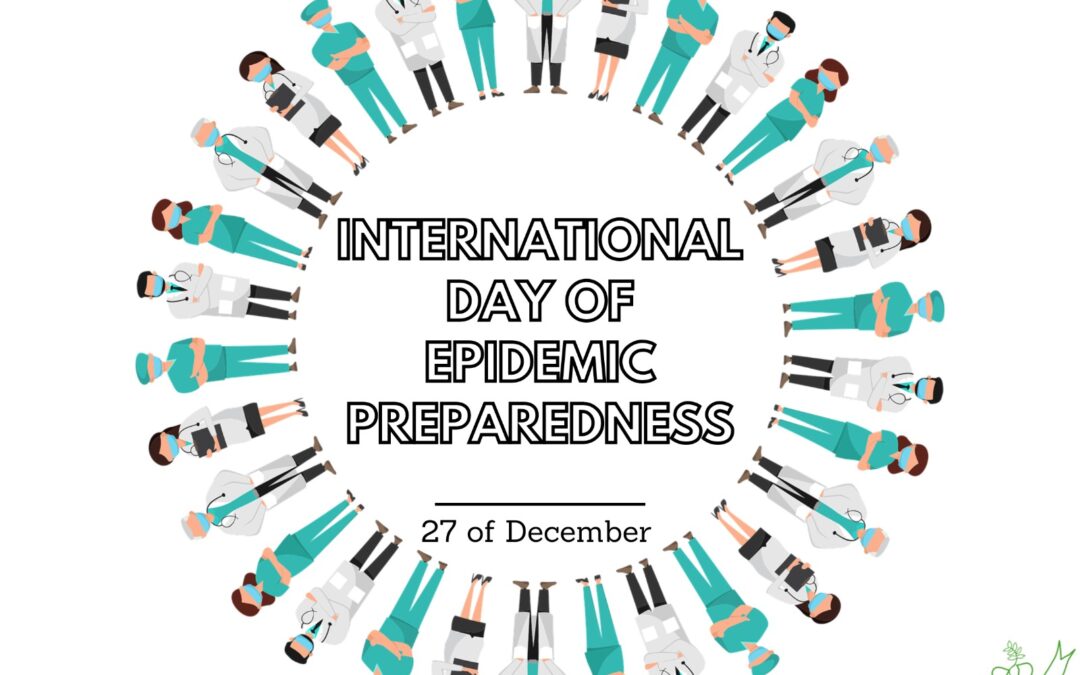Growth in the number of epidemics in the last few decades is attributed mainly to climate change and extensive globalization. Epidemics can be both infectious and non-infectious, and therefore it is important for health systems to prepare for conditions that are slowly growing in their region, as well as any rapidly progressing conditions that can become a threat for large population in a short time.
Several approaches to epidemic preparedness and response are suggested by World Health Organization and other international and local agencies. However, most of these approaches focus on the following:
- National Lab system for screening and identifying diseases early.
- Strong Surveillance System to report public health emergencies.
- Training Health providers to deal with growing health problems.
- Better approaches for risk assessment and response planning.
- Emergency response operations
- Effective communication of risk and the response
- National Legislations, Policy and Financing
Although, broadly Digital Health has been included in the plans for each of the activities, Telemedicine has also known to play a critical role in number of the above. These include:
- Effective lab systems by including digital microscopy, telepathology and digital reporting systems.
- Training of health providers on regular basis for better preparedness of current and future epidemic situations.
- Deploying telemedicine technologies in communities and remote areas for better planning and responding to emergency situations.
Tech4Life provides state of the art Telemedicine solution (MDConsults) and the Digital Health devices, like Sojro Telemedicine kits and eSteth Lite Digital Stethoscope to provide affordable solution to Epidemic preparedness. Key products include Disaster telemedicine kits and Ambulance kits to ensure telemedicine response in the following three ways:
- Community-based Screening and Education by sending Messages to people and also provide educational material and Self-screening tools.
- Screening facilities at the Primary Health Clinics in the community for anyone who presents with symptoms and the community members. This service enables early diagnosis and avoids more patients coming to the hospitals.
- Online Triage of patients who reach the hospital directly to ensure that patient’s do not unnecessarily come in contact with the doctors and other hospital staff.

